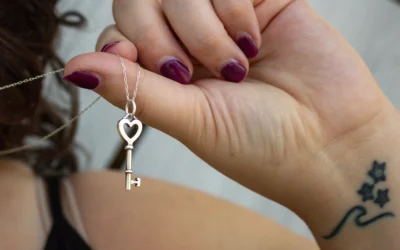I am one to purport that everyone should celebrate love 365 days of the year, but I will not impose my views on others who hold Valentine’s Day with monumental importance. Some can become so preoccupied with the need to have someone to love during the commercialized time of perfect pink hearts and plastic roses that they toe the line of obsession. Blurred become the lines of acceptable behaviour and consensual reciprocity in zealot pursuit of romantic ideals. Because it is our natural inclination to seek love, it is best to educate ourselves on how to do so ethically.
According to the University of Colorado, consent is “a ‘yes’ that is freely given, when the option of ‘no’ is both present and viable.” This simple definition begs expansion by focusing on keywords. “Freely” suggests the absence of duress. The pursuer feels no obligation to respond favourably to advances made due to physical force and guilt-tripping or other means of manipulative tactics. Consent means the receipt of an unequivocal “yes.”
Dithering statements like “Maybe,” “I am not sure,” “I will get back to you,” or “I think” do not indicate that you have received consent. It is best to play it safe until a resolute “yes” is received in response to your romantic pursuits. Finally, your romantic interest should be given a chance to say “no.” It would be best if you refrained from convincing the other party that they meant to respond “yes.” This condescending approach will get you nowhere.
Consent is one of those grey areas that should be taken on a case-by-case basis, and it is not always expressed verbally. The University of California, Riverside indicates that a “head nod, thumbs up, pulling someone closer, or actively touching someone” are indications that can be used to gauge consent. However, nothing beats verbal affirmation, so always seek to get the green light straight from the horse’s mouth. Because, as noted by the University of California, Riverside, body language varies from person to person. Therefore, it is not an effective tool to gauge, beyond a shadow of a doubt, acquiescence.
You are best served using body language to determine dissent. Silence, avoiding being touched, not actively participating, or turning away, are great indications that the other party has not assented to your advances. If you are in doubt, then ask the other party what they want in a friendly tone. Asking will open the door for an honest conversation.
Clear communication is the key to avoiding those awkward moments. It is not only important for the pursuer to read the room but is also equally important for the pursued to clearly say “no.” Daniel Potter, a contributor to Grammarly’s blog, provides the following tips to help you say “no” politely and resolutely:
1. Cushion the refusal with kindness.
2. Give your reasons.
3. Be brief but do not come off as dismissive.
It is, therefore, permissible to respond to an unwanted advancement by saying: “You are such a great person, but I am not seeking a relationship right now because I want to concentrate on my studies. I hope you can find what you are looking for in someone else.” This response recognises the worth of the person, provides a plausible reason for your reluctance to enter a relationship, and leaves little room for rebuff.
There are a lot of factors to consider when establishing consent, and it is our responsibility as upstanding members of society to respond to each accordingly. Let good sense, sound judgement, and mutual respect prevail in your pursuit of love this Valentine’s Day.





0 Comments